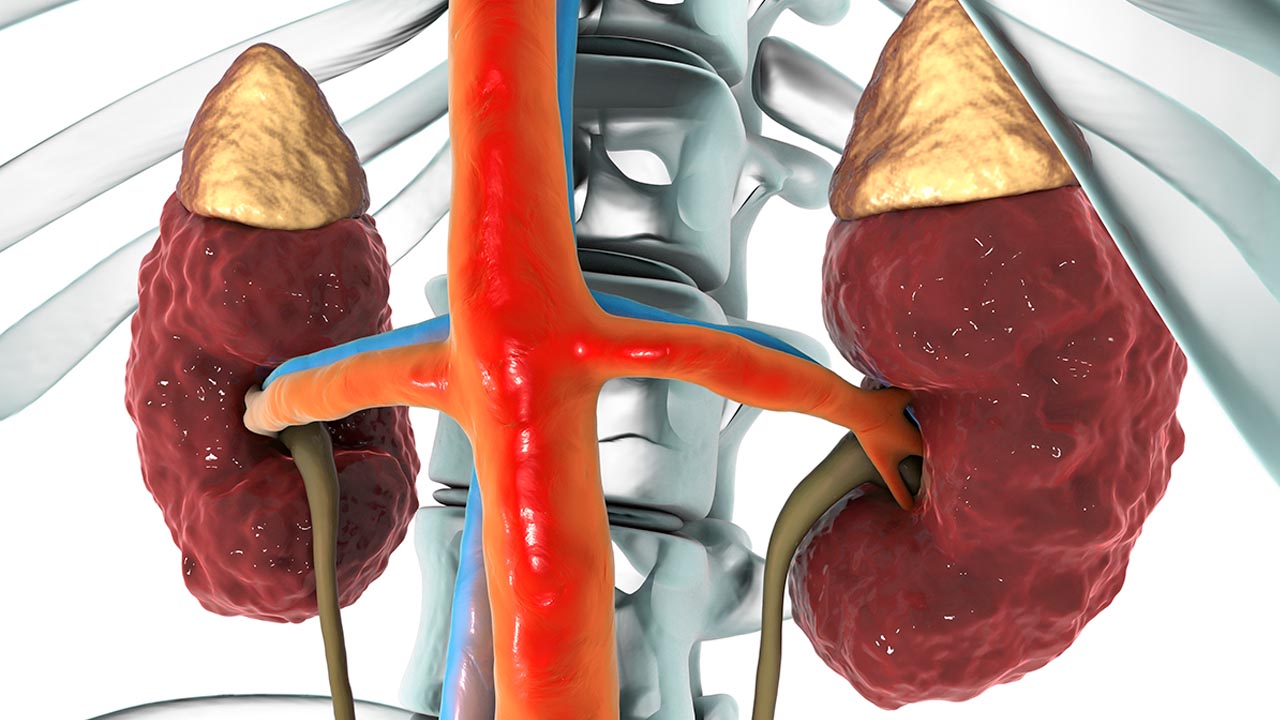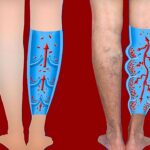Vascular diseases not only damage the body’s veins drastically but also impact the kidneys. Let’s look at how the vascular disease affects kidneys. Vascular disease is related to kidney damage, and that condition is known as renal vascular disease. This condition may lead to kidney damage, kidney to fail, and even problems with high blood pressure.
Types of Vascular Renal Diseases
RAS (Renal artery stenosis): In such a condition, the artery that carries blood to the kidneys gets narrowed and blocked. Any person who smokes has a greater risk of getting this disease. Men that are aged 50 or above are more prone to it. The risk factors may lead to high cholesterol levels, diabetes, obesity, and even a family history of heart disease.
Renal Artery Thrombosis: It is a disease in which a blood clot gets built in the artery that supplies the kidney. The blood clot will block the blood, and the flow is affected, which automatically leads to kidney failure.
Renal Artery Aneurysm: In this condition, an area in the artery wall leading to the kidney is bulged and weak.
Renal Vein Thrombosis: Formation of clots in the veins that lead to kidneys.
Atheroembolic Renal Disease: Once plaque, commonly known as a piece of fat, develops in an artery and breaks off, it travels through the blood vessel. This piece of fat is known to have Atheroembolic Renal Disease. This will, in turn, block the small renal arteries. This has become a prevalent cause of kidney-related issues when we talk about older adults.
Causes:
There may be several causes of renal vascular disease. They may be:
- Surgeries
- Injuries
- Infections
- Atherosclerosis
- Inflammatory diseases
- Tumors
- Pregnancy
- Medications
- Congenital disabilities
Symptoms:
The symptoms of this disease may vary depending on the degree of illness and damage present and may even look like other medical problems; the symptoms may include;
- Fever
- Blood in urine
- Vomiting
- Decrease in kidney functioning
- High blood pressure
- Increased urea
- Unexplained kidney failure
- Belly pain
- Weight loss
- Muscle aches
- Skin lesions
- Soreness of kidney
Diagnosis: Vascular physicians may examine a person’s medical history along with some physical exams may be performed to diagnose the renal vascular disease; the tests may include:
Angiogram: By such a procedure, an X-ray image of the blood vessels is taken and used to check for any blockages, narrowing, or aneurysms. The blood vessels are made visible on the X-ray by using a specific dye (contrast) injected into the artery through a skinny and flexible tube.
Duplex ultrasound: This is done by checking the blood flow along with the structure of the veins and arteries. In such a test, two modes of ultrasound are used. The first mode will take the image of the renal artery to be studied, and the second mode checks for blood flow.
Renography: The kidney’s anatomy and functioning are checked with Renography. In the rest, a minimal quantity of radioactive material is used to facilitate seeing the kidneys.
MAR: An intravenous contrast dye and magnetic resonance imaging techniques are used to see the blood vessels. The contrast dye will cause the blood vessels to appear solid in the image formed, leading the healthcare providers to examine them quickly.




